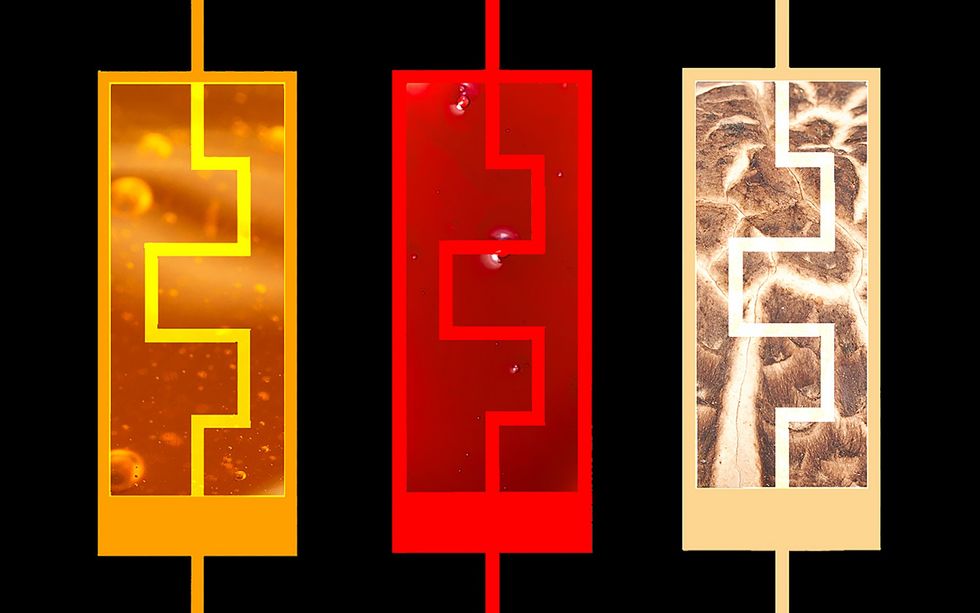
Innovative research is revealing that common materials, including mushrooms, honey, and even human blood, can serve as effective memristors—components capable of storing and recalling electrical states. These findings, emerging from various institutions, present exciting possibilities for the future of technology, especially in fields such as aerospace and healthcare.
Shiitake Mushrooms Show Promise
A team at The Ohio State University recently discovered that shiitake mushrooms can function as memristors. Lead researcher John LaRocco noted that, while searching for alternatives to conventional materials, they found that these fungi could mimic the behavior of traditional memristors. The team cultivated nine shiitake samples under optimal conditions, feeding them a mix of farro, wheat, and hay.
Once matured, the mushrooms were dried and rehydrated to enhance their conductivity. This process created conductive pathways in the fungi that emulate the oxygen vacancies found in commercial memristors. Testing revealed that the mushroom memristors maintained ideal behavior for electrical signals up to 5.85 kilohertz, an impressive feat for a biological material. LaRocco emphasized the potential applications of these mushroom memristors, particularly in environments where radiation resistance is crucial, such as aerospace and medical fields.
Honey’s Sweet Potential
In a separate study conducted by engineers at Washington State University, researchers explored honey as a sustainable alternative for memristors. According to Feng Zhao, who led the project and is now at Missouri University of Science and Technology, honey presents a biodegradable solution to the growing problem of electronic waste. The team developed a honey-based memristor by blending commercial honey with water, creating a mixture that was then baked on a copper substrate.
The resulting honey layer, just 2.5 micrometers thick, performed comparably to traditional memristors. It could switch resistance from low to high in 500 nanoseconds, showcasing its efficiency. Zhao pointed out that honey is not only cheap and widely available but also fully biodegradable, presenting a viable option for future electronics. Nevertheless, for true biodegradability, the copper components would need to be replaced with dissolvable metals, a challenge that requires further research.
Exploring Blood as a Memristor
In a more unconventional investigation, researchers in India considered human blood as a potential memristor. Their preliminary experiments, conducted in 2011 shortly after the concept of memristors was established, involved filling a test tube with fresh type O+ blood and applying voltage through conducting probes. They aimed to assess blood’s ability to function as a memristor by measuring its resistance under flow conditions.
The study found that resistance changed by less than 10 percent over 30 minutes after voltage application, suggesting that blood could exhibit memristor-like behavior. The researchers published their findings in the International Journal of Medical Engineering and Informatics, positing that blood’s unique properties could have significant implications for healthcare applications.
Future Implications and Commercialization
The research into these unconventional materials highlights a trend towards exploring sustainable and biologically friendly alternatives in electronics. While shiitake mushrooms may not replace traditional materials for high-speed applications, their radiation resistance offers niche opportunities. Likewise, honey’s ecological benefits make it an attractive candidate for scalable manufacturing.
As the exploration of these materials continues, the potential for commercialization grows. Industry leaders may leverage existing logistics for mushroom cultivation or honey production, paving the way for innovative applications in various sectors. The findings from these studies not only challenge conventional ideas about electronic components but also underscore the significance of sustainability in technology development. The future of memristors may well rest on the very materials we encounter in our daily lives.






